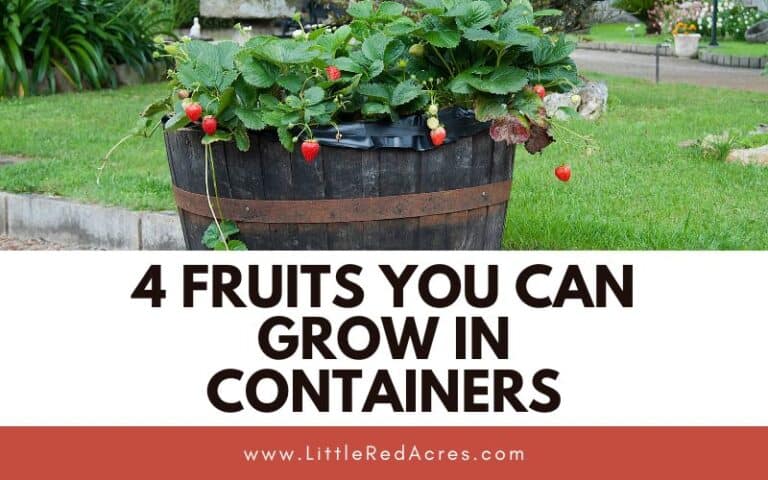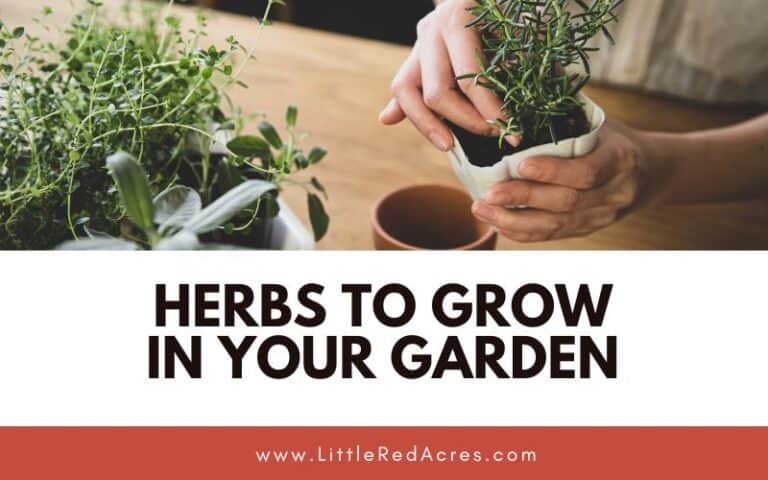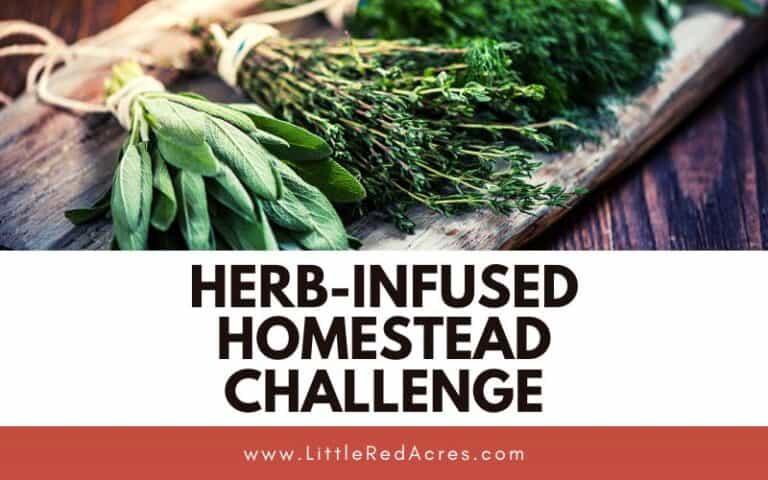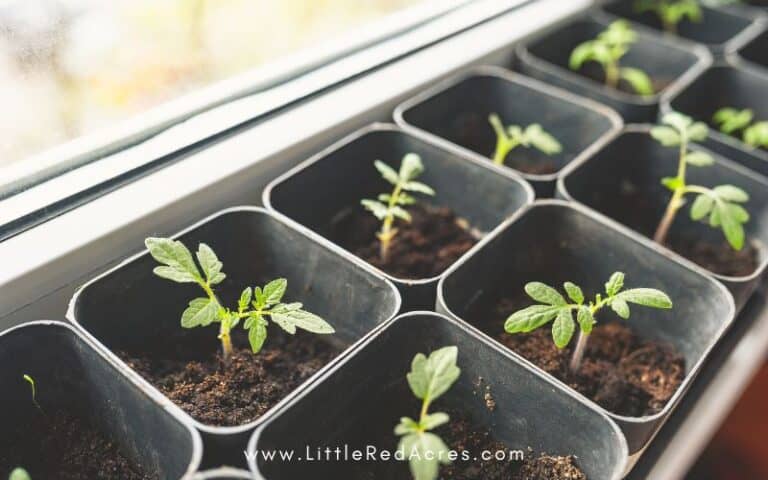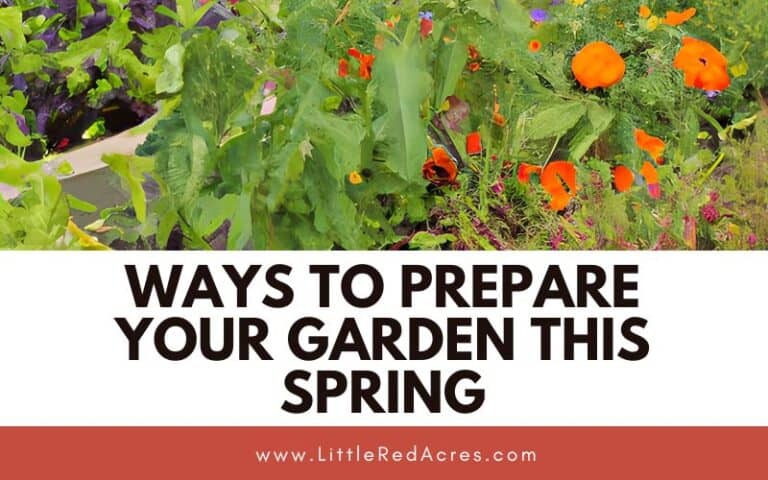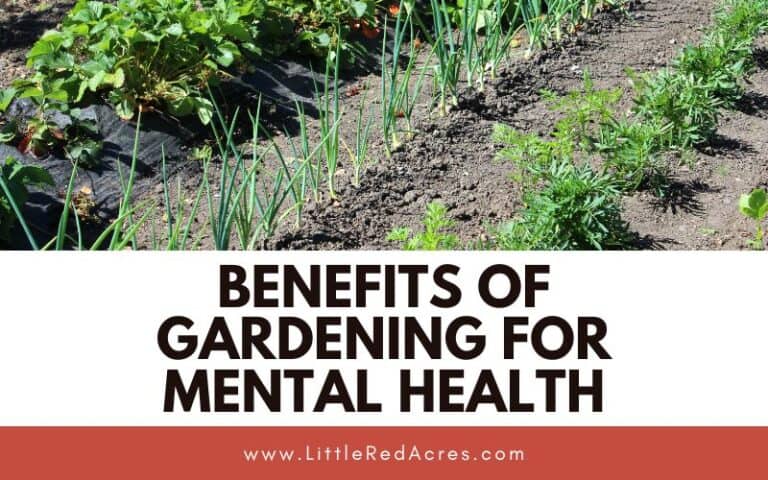Get the Most Out of Indoor Seed Starting
Indoor seed starting can give your plants a major advantage, allowing them to get a jumpstart on the season and produce earlier harvests. It’s important to give your seedlings the best chance of success by understanding the basics of indoor seed starting and following best practices.
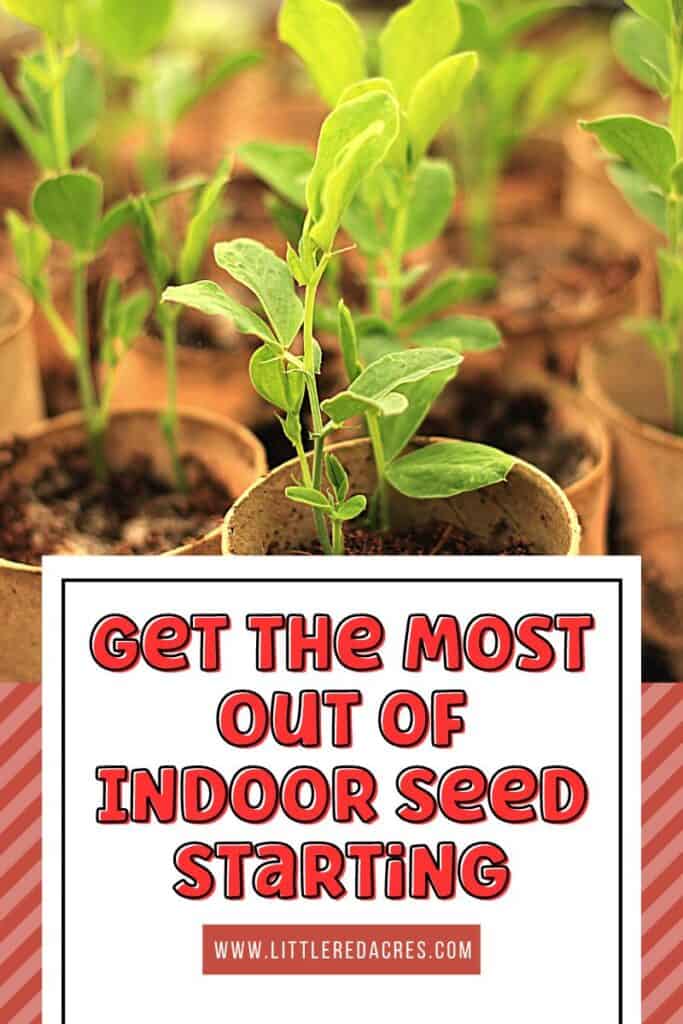
This post may contain affiliate links, see my disclosure policy for more information.
How to Get the Most Out of Indoor Seed Starting
Indoor seed starting is an excellent way to get a head start on your gardening season. By starting seeds indoors, you can ensure that your plants have a strong start and are ready to be transplanted outside when the weather is right.
You need to make sure that the threat of frost has passed before you move plants outside.
Get updates & freebies delivered to your inbox!
Starting seeds indoors can be a great way to get a head start on your garden and ensure that your plants are strong and healthy before transplanting them outside. Here are some things to consider when starting seeds indoors:
Choose the Right Container
The first thing to consider is the container you will be using to start your seeds. While you can use almost any container, it's best to choose a container that is at least 2-3 inches deep and has drainage holes.
Alternatively, you could use trays and a soil blocker instead of using seed starting pods or trays. They are supposed to be better for your seedlings and their roots. I have not used one yet.
Soil
Use a high-quality seed-starting mix that is designed to provide the right balance of nutrients, drainage, and moisture retention for seedlings.
Timing
It's important to start your seeds at the right time so that they are ready to transplant outside when the weather is warm enough. Each plant has its own ideal germination and transplanting times, so do your research to ensure you start your seeds at the right time.
Tomatoes and peppers for example should be started 6-8 weeks before the last frost.
Lighting
Most seedlings need at least 12-16 hours of light each day, and a lack of light can result in weak and spindly plants. Consider purchasing a grow light if you don't have a sunny window to place your seedlings in.
There are many different styles of lights, just chose one that will fit where you have space to grow seedlings.
Watering
Water your seedlings regularly, but be careful not to overwater. Seedlings can be sensitive to both drought and waterlogged soil.
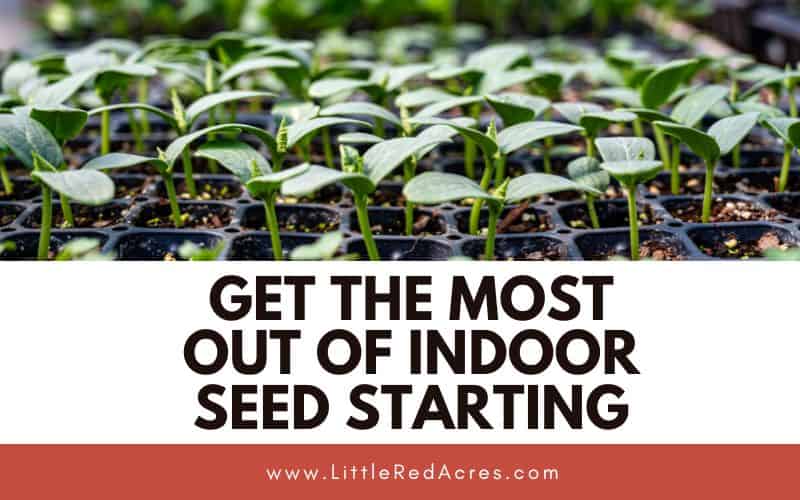
Harden Off Seedlings Before Transplanting
Before transplanting your seedlings outside, it's essential to harden them off by gradually exposing them to the outdoor environment. Start by placing them outside for a few hours a day and gradually increase the time and intensity of exposure over a week or two.
Do not forget them outside at night, even when there is no threat of frost. The drop in temperature can kill them. I always forget plants outside and kill some every year.
By considering these factors, you can give your seedlings the best chance for success and ensure a healthy start to your garden.


